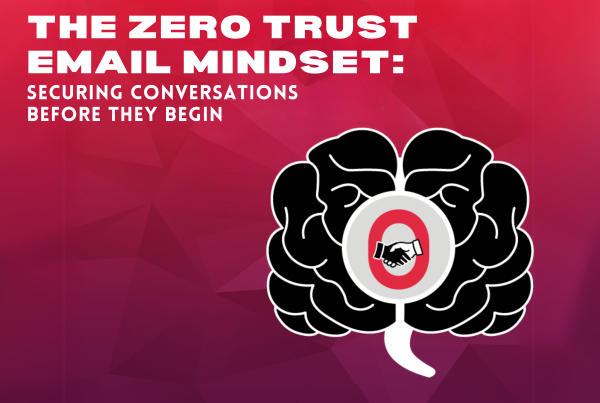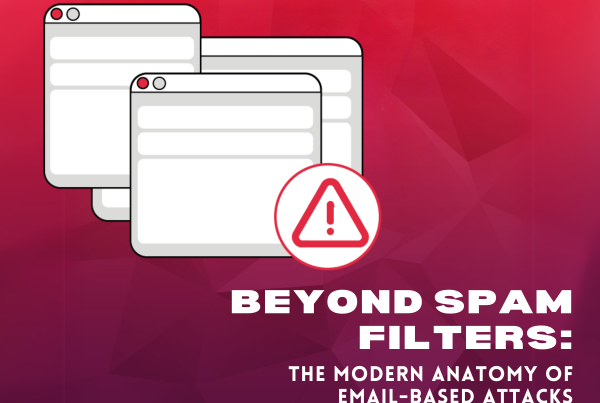Many experts talk about the importance of digital transformations and innovations. Today, many companies take full advantage of the cloud and move to microservices to keep up with the competition. However, many ignore the digital risks that go with this transformation. Threats are steadily increasing day by day and have evolved into sophisticated attacks that are constantly attacking the vulnerabilities of companies around the world.
Digital risks are the result of the transition from a physical to a digital workspace. As businesses scale up, it increases the exposure to outside threats and any vulnerability is an entry point for attackers to take advantage of. That’s why digital risk protection must be part of any digital transformation strategy.
Digital Risk Protection is turning threat intelligence into a proactive and effective cyber defense. The majority of businesses today have already faced threats and will continue to be targeted with the increasing number of attacks. As technology advances, there are more complex devices, services, and platforms that businesses will adapt as part of the digital transformation which will increase the risks for exposure and will have to face new security challenges. When moving to the cloud, it usually requires the company to write new access control policies but a mistake in the configuration can create vulnerabilities. These risks pose major challenges for businesses today and digital risk reduction is an important goal that businesses should thrive to achieve.
Four Strategies to Reduce Digital Risk
1.) Asset Discovery and Attack Surface Monitoring
It is important to know which systems a company needs to guard against any attack. In Digital risk protection, this is the first basic step to begin to manage the digital risks. With Asset discovery and attack surface monitoring, it allows companies to discover all the assets in a system and the potential vulnerabilities. When dealing with a threat, it needs to be dealt with in an hour of identification. This discovery allows companies to quickly know the additional threats that they face when launching new services or modifying configurations.
Though it is possible to identify risks manually, automating the process greatly affects the performance of digital risk protection at scale. Manually scanning a network is time-consuming and can be inaccurate since there is a risk of overlooking devices. Automating the process allows a company to continuously assess the risks even in a fast-changing environment.
2.) Threat Intelligence
After understanding the attack surface, the next step is to implement a threat intelligence program. Threat intelligence is data that provides the different types of attacks and vulnerabilities that target a company. Threat intelligence goes beyond identifying known vulnerabilities— it ranks threats by extremity to know which to prioritize and provides the details on the techniques attackers used to exploit the vulnerabilities.
Threat intelligence help companies create appropriate action plans to respond to any threats that come their way. It provides the context and insights to develop a strong defense against threats, creating a safer environment. It is an efficient and cost-effective way to reduce the risks that comes with digital transformation.
3.) Deep Investigation
Another important step into digital risk protection is threat hunting. This allows teams to proactively mitigate threats before these threat actors come into contact with their system. To perform this hunt, teams use threat intelligence to identify the threat actors, the motives, and the strategies used to execute the attack.
With this information, they are able to implement block attacks to prevent the threat actors from penetrating their system. If the threat intelligence program identifies phishing, for example, as a major threat, the threat hunting strategy might involve proactive detection and take-down of phishing websites before an attack can even start. Some experts have also gone undercover as part of a threat actor’s network and work inside to undermine the tools that the threat actor is building to target the business. This technique is a great way to mitigate threats associated with the Dark Web marketplace.
Threat hunting allows the security teams to gain deeper insights into the motives and plans of potential threat actors. It gives businesses leverage and minimizes the potential impact that threats can inflict on them. It is a proactive approach to further understand the dangers that lurk in the shadows.
4.) Actionable Reports
The last and final step is to develop and share reports the details on the identifies treats and the strategies to use against them. It should explain the particular assets that are vulnerable to attacks based on threat discovery and threat intelligence. It should also mention the hunting techniques that are implemented and the success of the activities.
These reports detail the security challenges that a business may face in the shift to digital and the steps on how to handle the threats. It is important to also take note of the evolution of existing threats and the steps needed to ensure that a company is one step ahead of them.
Digital risks for businesses will inevitably increase as they transition to a digital space. With the progress of technology, there are new types of threats and vulnerabilities attached to it. Implementing a multi-layered risk reduction strategy will help in keeping your company safe. Combining the different techniques as mentioned above provides the safety that your company needs— an informed and proactive security approach that allows you to manage risks effectively.
__
References:
Oliveira, Daniel de. “Digital Risk: What It Is And How to Manage It in Your Org.” Plutora, 12 Nov. 2020, www.plutora.com/blog/digital-risk.
Kao, Sky. “What Is Digital Risk Management?” Galvanize, 18 Feb. 2021, www.wegalvanize.com/risk/what-is-digital-risk-management.
“What Is Digital Risk? Definition and Protection Tactics for 2021 | UpGuard.” Upguard, www.upguard.com/blog/digital-risk. Accessed 25 July 2021.
Ganguly, Saptarshi, et al. “Digital Risk: Transforming Risk Management for the 2020s.” McKinsey & Company, 8 Jan. 2018, www.mckinsey.com/business-functions/risk/our-insights/digital-risk-transforming-risk-management-for-the-2020s.


